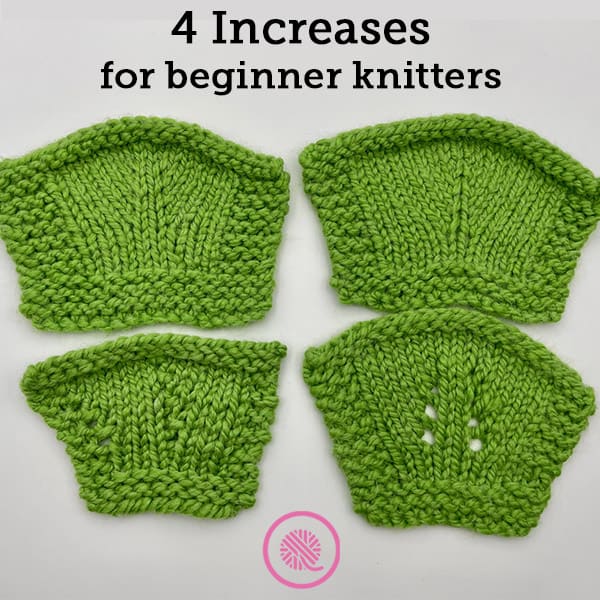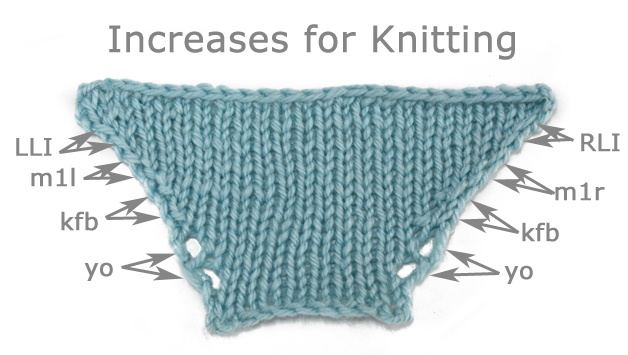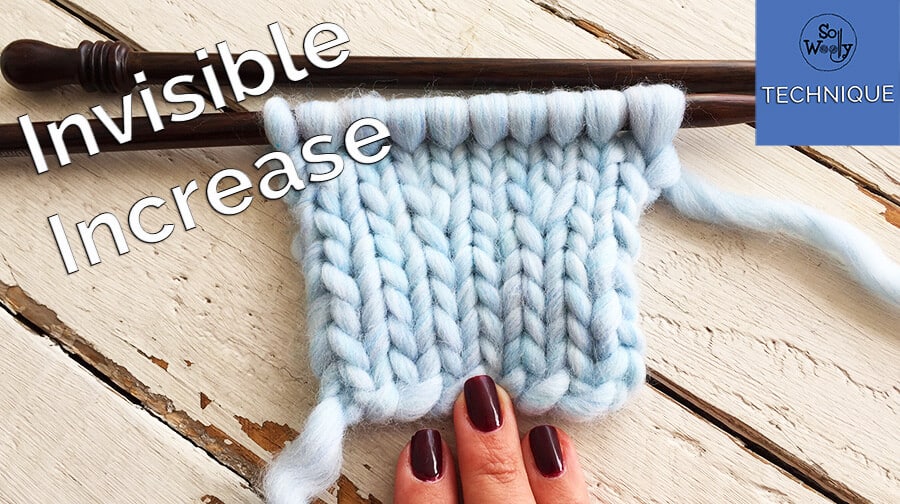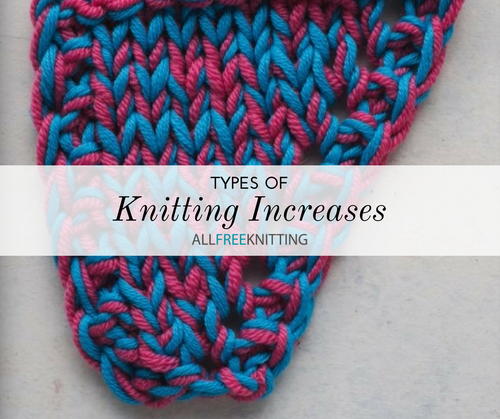Favorite Info About How To Increase When Knitting

Single increases (such as kfb and m1r) are the most commonly used.
How to increase when knitting. This is when two new stitches are worked into one existing stitch or you work into the strand lying between. In this video we will show you how to increase stitches in your knitting.wool and the gang are a group of people who all happen to like a lot of the same stu. (k14, m1) repeat 4 times.
Now, pick up only the left leg of that. Step by step instructions add a stitch by knit one front & back method. The make one right purlwise, abbreviated m1rp, increase stitch is a right leaning increase purlwise.
K7, (m1, k14) repeat 3 times, m1, k7. K = knit m1 = make one. Knit front and back (kfb, also known as k1f&b and bar increase) to work this increase, knit into the front of a stitch but don’t remove the old stitch from the left needle.
To increase using this method you need to knit a stitch in the normal way. Insert your left needle into the stitch two rows below the one you just knitted on your right needle coming from the back (so you don’t twist it). With the working yarn held to the.
There are several ways to increase, and each method adds extra stitches to the row unless they are paired with compensating decreases. Increasing is used whenever a knitted piece needs to. Perhaps the simplest way to add stitches to your knitting is by working a yarnover.
Increase evenly across a round: Six essential increases every knitter should know 1.


















